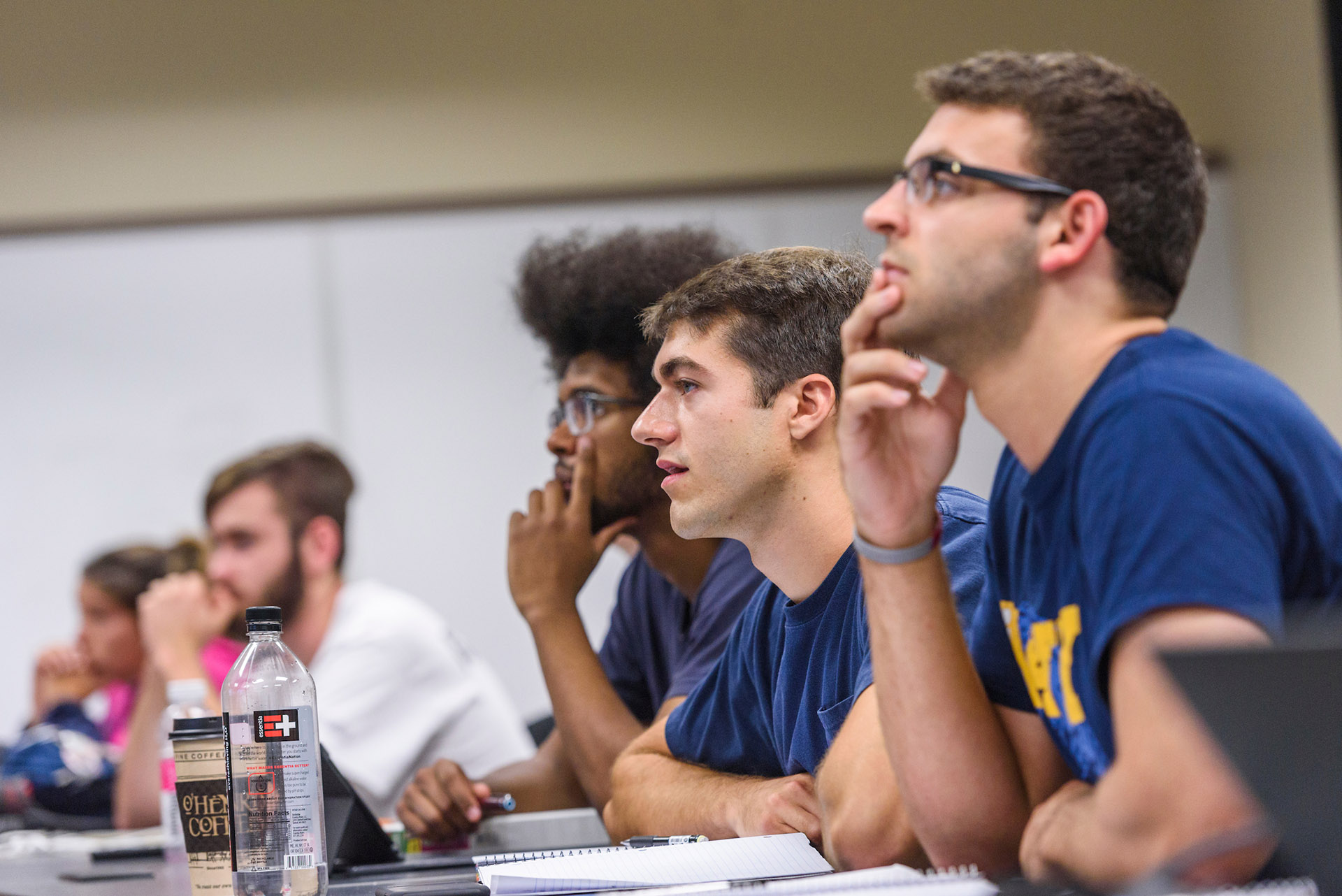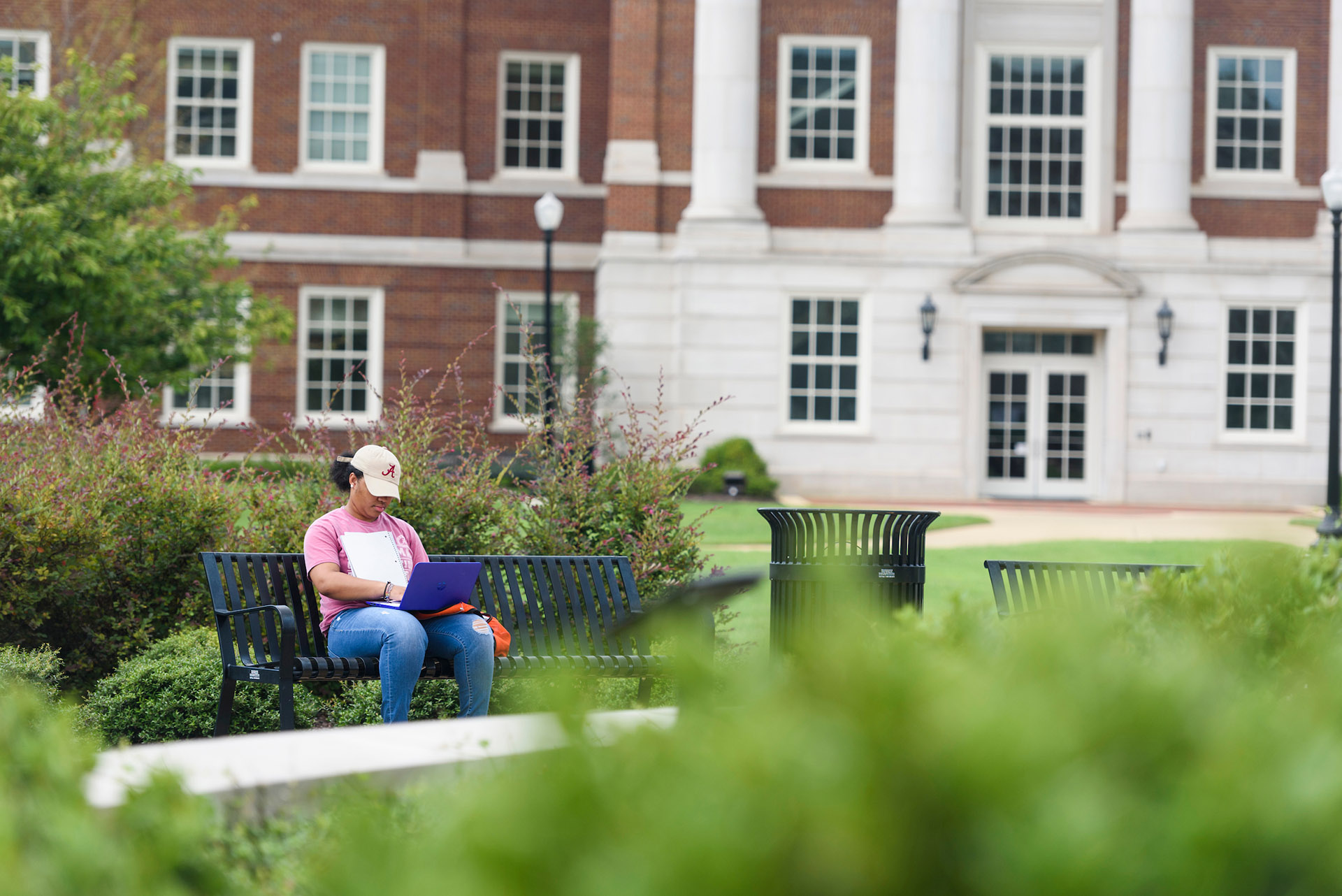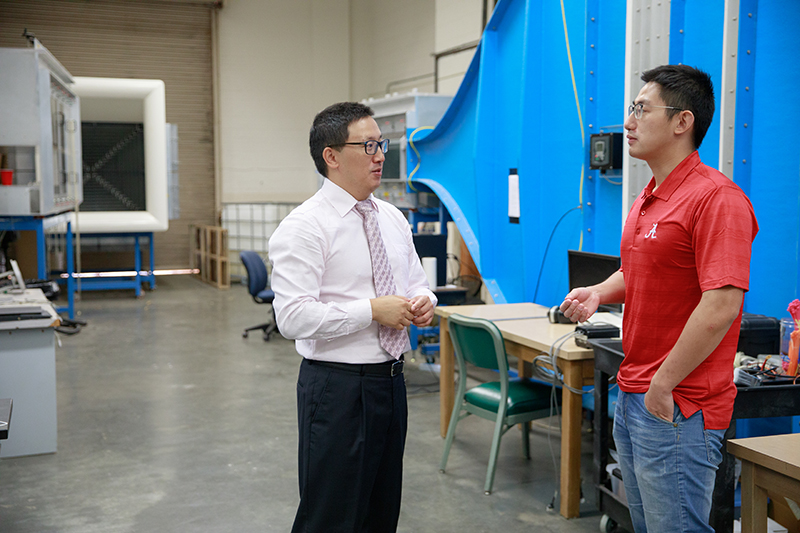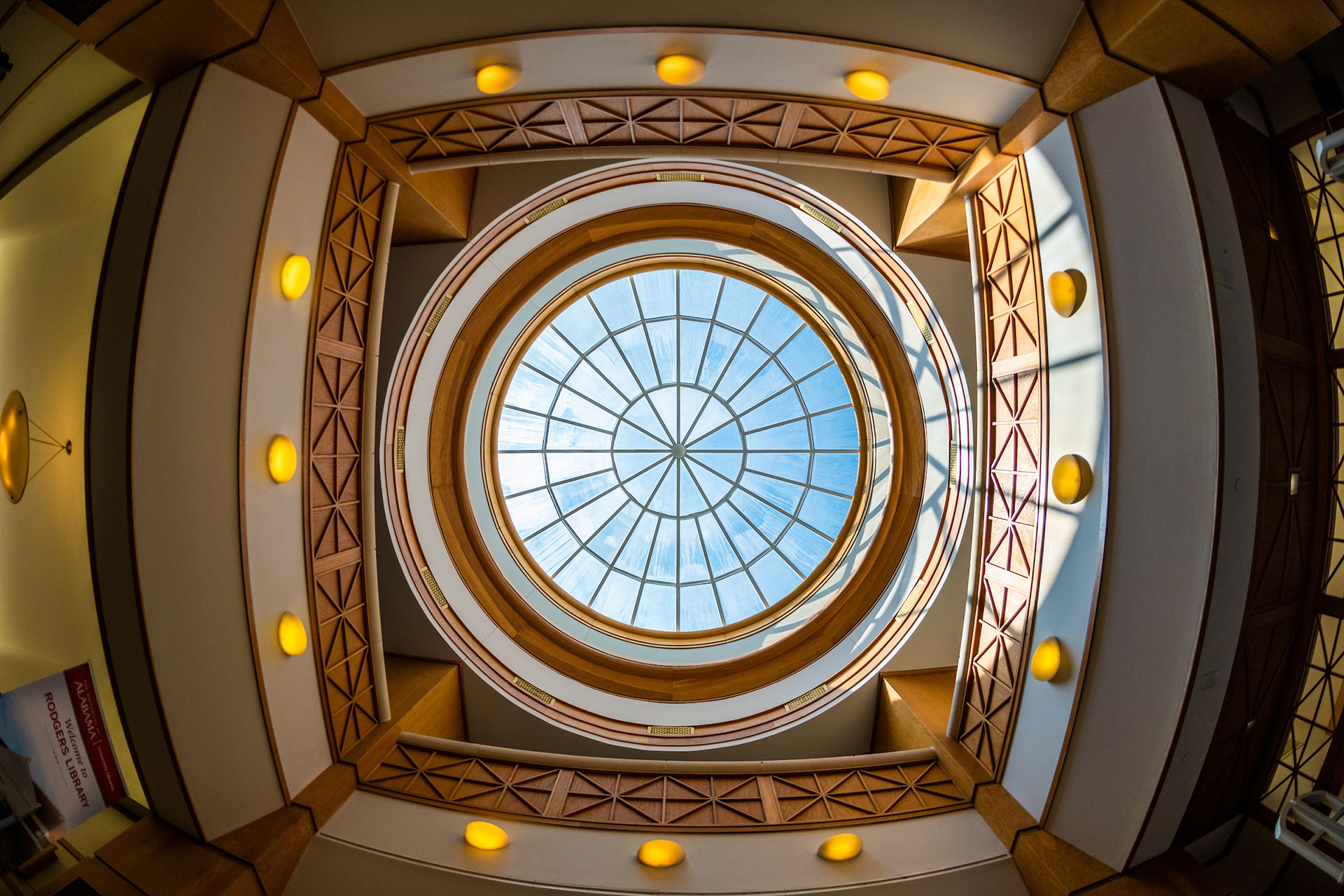
Research
Our faculty and students conduct research in four core areas: aeronautics, astronautics, fluid mechanics, and solid mechanics and structures. Excellent facilities as well as graduate and undergraduate assistantships support these areas.
News
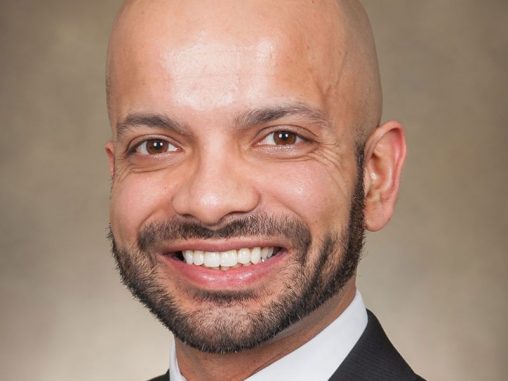
Sood Named to Class of 2026 AIAA Associate Fellows
Dr. Rohan Sood, associate professor in the Department of Aerospace Engineering and Mechanics, has been elected to the American Institute of Aeronautics and Astronautics Class of 2026 Associate Fellows. The...
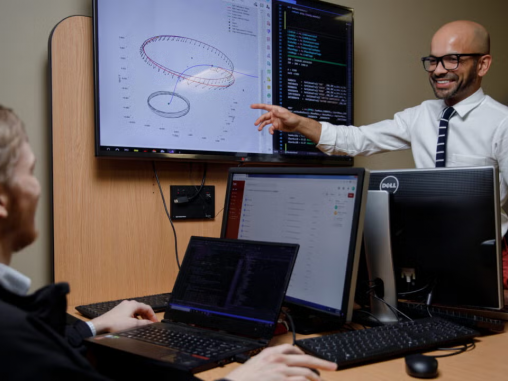
From Campus to Cosmos: Space Research and Education at UA
World Space Week, held every year Oct. 4-10, commemorates two events in the global history of space exploration…
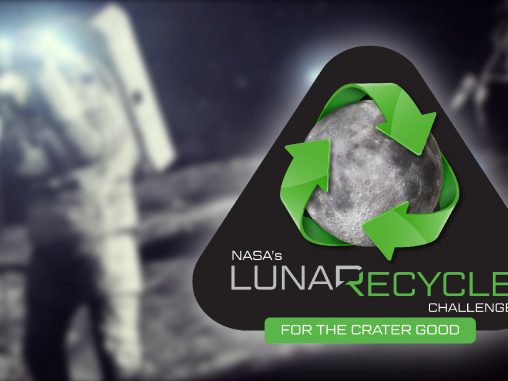
Innovators from 9 U.S. States, 4 Countries Win Phase 1 of NASA’s LunaRecycle Challenge
LunaRecycle, a NASA Centennial Challenge, launched in September 2024 to crowdsource solutions for recycling non-metabolic materials on space exploration missions. The competition focuses on the design, development and demonstration of...
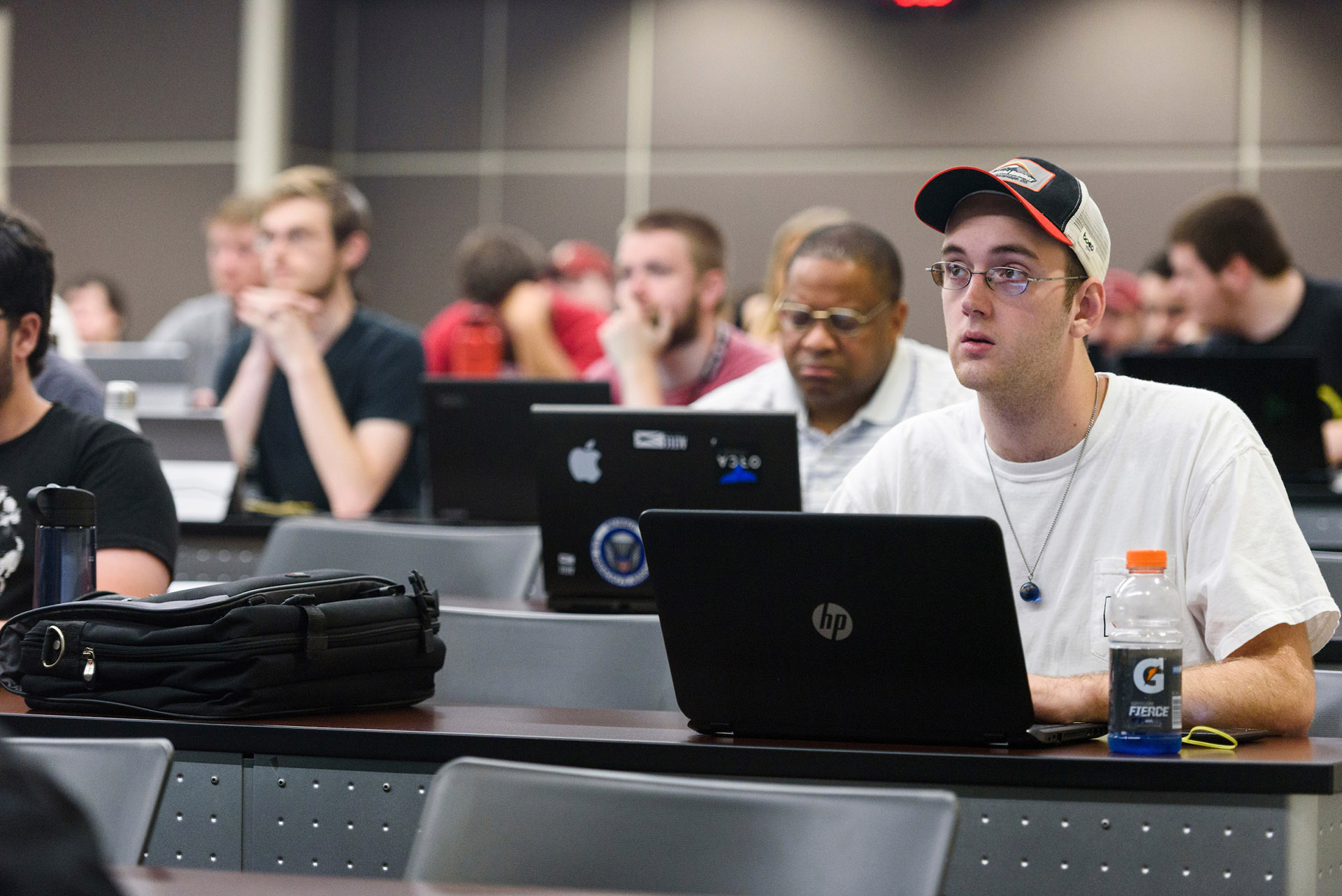
Research Opportunities
For more information regarding undergraduate research opportunities contact Dr. Semih Olcmen, Undergraduate Program Coordinator, and for graduate research opportunities contact Dr. Paul Hubner, Graduate Program Coordinator.
Laboratories
Advanced Materials Behavior Laboratory (Dr. Mark Barkey) – This laboratory is a research and instructional facility for the study of solid materials under monotonic, cyclic, and constant load conditions. Three MTS machines, two Instron machines, two creep machines and one drop-weight impact machine are the principal load frames. A microcomputer is used for data acquisition and control in this facility.
Aerospace Materials and Structures Laboratory (AMSL, Dr. Easir Papon) – AMSL is dedicated to tackling intricate design challenges and innovating advanced materials and structures that meet the constantly evolving demands of extreme aerospace environments. Our research focuses on advanced manufacturing of emerging composites, experimental mechanics at different length scales, damage and fracture of heterogeneous materials using computational modeling and experimental testing.
Astrodynamics & Space Research Laboratory (ASRL, Dr. Rohan Sood) ASRL at the University of Alabama conducts advanced cutting-edge research in orbital mechanics, spacecraft trajectory design, and mission planning for cislunar, earth-orbiting, and interplanetary exploration. The lab specializes in developing innovative solutions for autonomous spacecraft navigation, including low-thrust propulsion and multi-body dynamics. ASRL also explores formation flying and swarm robotics, enabling coordinated operations among multiple spacecraft. Their work also integrates artificial intelligence and machine learning to optimize mission performance and decision-making in complex space environments. ASRL collaborates with major organizations like NASA centers, the U.S. Air Force/Space Force, as well as small businesses across the US. Its members contribute directly to real-world space missions, present at national/international conferences, and receive prestigious national and university awards.
Autonomous Systems and Control Laboratory (Dr. Pan Zhao) – The Autonomous Systems and Control Laboratory (ASCL) features a dedicated flight arena (6.2 m × 5.7 m × 3 m) equipped with an OptiTrack motion capture system. The lab also maintains a fleet of drones and VTOL aircraft used for experimental validation of advanced control and learning algorithms for aerospace, robotic, and autonomous systems.
Composite Material Laboratory (Dr. Samit Roy) – This laboratory includes facilities for manufacturing, characterization, and modeling of advanced composite materials. A compression molding hot press, filament winder, thermal pultrusion equipment, extruder and resin infusion vacuum pumps are available for manufacturing thermoset, thermoplastic and nanocomposites film, plates, and structural components. Dispersion equipment such as ultrasonic bath, tip sonication and mechanical high shear mixer are also available for processing polymer nanocomposites. A MTS servohydraulic testing machine and Hopkinson Bar test equipment facilitate characterization of composite materials under static, cyclic and high strain rate loading. Fracture analysis and microstructural studies are carried out using available optical, scanning and transmission electron microscopes (central facility). The laboratory is equipped with a number of computational workstations for analytical and numerical simulations. ABAQUS, NASTRAN, DYNA 3D, ALGOR finite element codes, and a Hypermesh geometric model generator are available in workstations for finite element analysis. An in-house FEA code for predicting long term environmental durability of polymer and polymer composites is also available.
Computational & Experimental Mechanics of Materials Lab (Dr. Sreehari Rajan-Kattil) – This laboratory integrates experimental mechanics with computational modeling to advance material characterization and predictive capabilities. The lab focuses on developing experimental methods to quantify the cohesive properties of AFP tows as a function of process parameters, leveraging machine learning techniques for material property prediction, advancing multiphysics simulations of automated fiber placement (AFP) processes to better understand and control manufacturing outcomes, and employing finite element methods combined with digital image correlation (DIC) for accelerated material characterization. Experimental facilities include DIC systems for full-field deformation measurement
Deployable Structures, Dynamic Systems and Robotics Laboratory (DS2R, Dr. Sichen Yuan)
Experimental Aerodynamics Research Laboratory (EARL, Dr. Redha Wahidi) – EARL specializes in experimental aerodynamics with basic and applied research projects in unsteady flows, high-speed aerodynamics and flow control. Current research projects in the lab focus on unsteady vortex-body interaction (U-VBI) and three-dimensional shock-wave/boundary-layer interaction (3D-SBLI). We conduct our research in different facilities including supersonic and subsonic wind tunnels (detailed further on this page), water tunnel and vertical tow tank. To build our knowledge of the flow physics, we use qualitative (shadowgraph, surface-oil flow visualization) and quantitative (3D-PIV, 2D-PIV, and steady and unsteady pressure measurements) experimental techniques.
Experimental Stress Analysis Laboratory (Dr. Mark Barkey) – This laboratory is used for the experimental measurement of force, strain, displacement, and acceleration. Equipment for both static and dynamic measurement is available, including oscilloscopes, accelerometers, load cells, LVDTs and a variety of strain-conditioning and measuring devices. Also available is equipment for photoelastic analysis, including a transmission polariscope, a reflective polariscope, a stress-freezing oven and associated tools for model preparation.
Impact and Penetration Mechanics Laboratory (Dr. Mark Barkey) – The Impact and Penetrations Laboratory investigates the performance of projectile and target materials in the extreme environment of a penetration test. Projectiles are launched in a variety of calibers as large as 0.500” and as small as 0.167”. Targets used have been armor, concrete, sand, soil, and glass. Impact velocities are as high as 1000 m/s. All the launchers are smooth bore powder guns which were designed and built at the University. The laboratory also includes a Taylor Cylinder Test facility which accommodates the aforementioned specimen calibers, and data from the tests allows us to estimate the properties of ductile materials at strain rates as high as 105/sec.
High-speed Wind Tunnels (Dr. Semih Olcmen, Dr. Redha Wahidi) – The large supersonic wind tunnel is a 8”X8” blow down facility with a Mach number range of 1.5 to 3.85. Plenum chamber pressure is controlled by AeroLab control system. The tunnel is equipped with a six-component force-balance system and accompanying data acquisition system and an AeroLab schlieren/shadowgraph optical system for flow visualization. The high-speed fluid mechanics laboratory also includes a Mach 3 wind tunnel with a 3″ X 3″ test section. This facility was constructed for basic fluid mechanics research including shockwave/boundary layer interaction studies.
Laboratory for Autonomy, GNC, and Estimation Research (LAGER, Dr. Jordan Larson) – As the small Uncrewed Aircraft Systems (sUAS) lab of the Remote Sensing Center (RSC), LAGER provides operational support for the airborne remote sensing activities involving fundamental research on airborne radar systems for hydrological applications. LAGER is also involved in fundamental and applied research with a number of small businesses through various Small Business Innovation Research (SBIR) and Small Business Technology Transfer (STTR) programs with the USAF, USSF, and NASA involving flight computer design, lunar surface navigation, and on-orbit satellite tracking and guidance
Low-speed Wind Tunnels (Dr. Semih Olcmen, Dr. Redha Wahidi) – The department has two low-speed wind tunnels that can operate in three different configurations. The newest tunnel is the boundary layer tunnel. This open circuit tunnel has an 8.5:1 contraction that leads to a 16 ft long test section with cross-sectional dimensions of 12 in by 36 in. The maximum speed is over 45 m/s and the latter half the test section includes a variable positioning ceiling to create user-defined adverse pressure gradients. In addition to the boundary-layer configuration, the tunnel was designed with a second interchangeable contraction that leads to a more conventional 6 ft long test section with 30 in by 30 in cross-sectional dimensions. The speed range is 1 m/s to 20 m/s for low Re and MAV testing. Both test section configurations have 360-degree optical access. The third tunnel is a conventional, closed-circuit wind tunnel designed and built in the 1930s but still in use today. The maximum velocity is approximately 100 mph. The contraction ratio is 4:1, leading to a 44 in by 29 in test section. The tunnels are equipped with state-of-the-art equipment including velocity measurement systems, hotwire anemometry system, digital pressure scanners and sensors, multi-channel DAQ devices for analog voltage input and strain gage signal conditioning suitable for force-balance measurements, PC-controlled traversing systems as well as many other tools.
Propulsion Laboratory (Dr. Taber Wanstall) – This is a 1,600 sqft facility located in the Bureau of Mines, dedicated to advancing both rocket and air-breathing propulsion technologies. Capabilities span from macro-scale performance measurements (such as thrust) to detailed local measurements (including equivalence ratio, temperature, and species concentrations) using advanced non-intrusive optical diagnostics. Optic techniques include Rayleigh scattering, laser-induced fluorescence, quantitative schlieren imaging, chemiluminescence, and plasma-based diagnostics. Experimental capabilities include 1) a high-altitude and space-environment simulation with vacuum chambers reaching below 10⁻⁵ torr and controllable temperatures from −100 °C to 200 °C, 2) high-pressure shock and detonation tube facility, 3) flexible fuel/oxidizer rotating detonation engine test platforms.
Senior Design Laboratories (Dr. Jinwei Shen, Brian Alexander) – These three lab rooms are dedicated for the undergraduates enrolled in Senior Design (AEM 402 and 404). Projects consist of AIAA or NASA funded competitions, local business projects, faculty research projects, or potentially student-initiated projects. These labs include meeting space and equipment to help build and test their projects. Each project requires creative solutions to a unique set of challenges to give each senior a taste of real world, hands-on engineering experience.
Water Tunnel Laboratory (Dr. Amy Lang) – The water tunnel has a 15-inch wide by 30-inch tall by 9 foot long test section and is capable of speeds up to 1 ft/s. This tunnel has been designed to run at very low turbulence levels (0.5% or less) and has a two-dye injection system. The tunnel is currently outfitted for obtaining boundary layer measurements over a flat plate. The laboratory also includes a Time Resolved Digital Particle Image Velocimetry (TR-DPIV) system capable of capturing images of the flow at 1000 fps. This system acquires velocity data within a two-dimensional plane by imaging and tracking particles that have been illuminated in the flow using a laser sheet.
SEMINARS
Department of Aerospace Engineering and Mechanics Seminar Series
Time: tbd
Location: tbd
| Theme | Date | Speaker | University/Institute |
|---|
